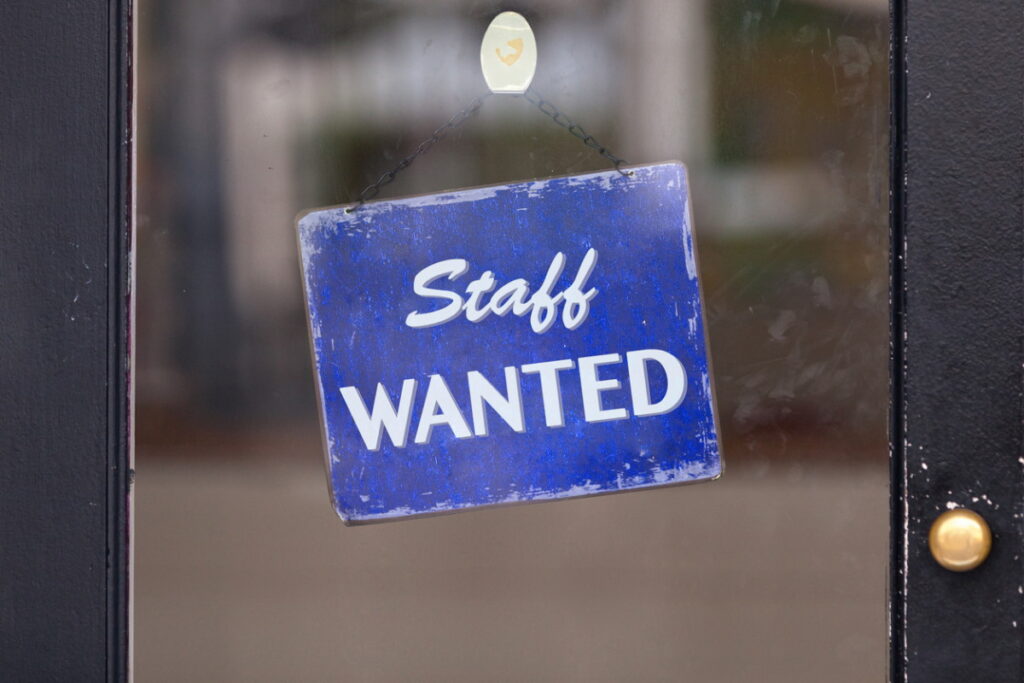Steve Tonks at WorkForce Software outlines the challenges to people management that are on the horizon and explains how to overcome them
Business leaders have had a crash course in people management over the past two years. Before we attempt to plan our management strategies amid continued pandemic-related uncertainty, we must first reflect on the past 18 months and their extraordinary impact on the world of work. So, let’s begin with a question:
As business leaders, how do we think we performed during 2020/21?
“Really well, of course!” we might exclaim. After all, managing any organisation that survived multiple lockdowns is a huge achievement. But as we rushed to preserve cash flow and protect our supply chains through the pandemic, we often forgot to support the most important part of our businesses: our people. And now, we’re facing up to the result.
41% of UK employees are considering quitting their jobs in search of more fulfilling work, and up to 95% of employees have thought about leaving their roles globally. And with absenteeism costing UK businesses £14bn in 2020, we’re all losing productivity and cash whenever we forgo workforce engagement, and overlook creating a more modern employee experience.
So, how can we manage our people better moving forward? I see three clear talent management challenges facing businesses right now. Here’s how to overcome them, and create a healthier, happier, more empowered workforce.
Listen to your employees—or risk losing them
Without a better focus on employee experience, ‘The Great Resignation’ will continue into the foreseeable future. So, to spot and tackle all the issues within our business, we need to ask—and listen to—our workers. Whether it was long hours, outdated technology, or a lack of flexibility, our staff on the ground have a far better first-hand idea of what went wrong during the pandemic than those at corporate headquarters, who are almost completely removed from the customer. And as a result, they may know how to make it right.
To encourage this, create continuous feedback mechanisms to make sure every employee feels their voice is heard. Set up a survey, suggestion box or email address, to which staff can submit their thoughts as there are interacting with the customer. Or, go one step further with more fluid, flexible opportunities for discussion, such as weekly or monthly check-ins (with additional availability as needed) or instant mobile surveys that allow workers to voice concerns as they arise.
Next, take their input seriously. If you decide to use a suggestion, tell your staff about the changes so they feel valued and enjoy the recognition. If you decide against an idea, explain your reasoning to show it was at least considered and appreciated. And finally, reward feedback through incentives like profit sharing, to encourage workers to keep offering their thoughts and help you retain your valuable workforce long into the future.
Adapt your management to each working generation
As life expectancy grows and retirement ages rise, for the first time in history five distinct generations now make up the global workforce: Traditionalists, Baby Boomers, Gen X, Millennials and Gen Z.
Each group has unique personal, professional, and occupational needs. Traditionalists often prefer manual processes, for example, and crave in-person interaction. Gen Z is so comfortable with tech they’ll use their smartphones to check the weather rather than look out of the window. So, understanding each generation’s working styles is key to improving your employees’ experience.
Think of it like managing your local football team. Each player requires different guidance—goalkeepers need advice on diving and catching, whereas strikers focus on heading and finishing. Some perform better in response to constructive criticism; others prefer a friendly arm around their shoulder. Treating each player, the same would be a disaster for team spirit and performance—and we’d be ripe for relegation.
To begin, consider what each of your employees wants most when they come to work. Is it a sense of purpose, and more meaningful tasks? Ongoing job training and career development? A better work-life balance, with extra control over working arrangements? The only way to be sure is to ask—and then put time and resources into delivering these changes.
Invest in modern digital technology for deskless workers
Though deskless workers make up the majority of the world’s workforce, they receive less than one percent of an average company’s software spend. To boost worker productivity and wellbeing, we all need to amplify this figure.
After all, digitisation has a huge impact on employee experience. 78% of deskless workers (most of which are tech-ready Millennials and Gen Z) now say the technology a company uses will ultimately influence whether they even decide to join. This is no wonder, with the right workplace tech making it easy for staff to check their schedule, request time off, monitor pay, bid for overtime, connect with co-workers and far more. And it brings big benefits for business leaders, too.
Capture workplace opinion through surveys and store files, such as SOPs, so employees can access all they need to do their best work. And even deliver training so staff have the chance to expand their knowledge on the job – getting the training they need, when exactly they need it.
Ultimately, companies with tech-enabled deskless workers enjoy a happier, more productive workforce. And, when we look back as fully digitised business leaders, and ask ourselves how we performed in our business management through the pandemic and beyond, we can answer “really well, of course!”—and this time really mean it.
Steve Tonks is Senior Vice President of EMEA at WorkForce Software
Main image courtsey of iStockPhoto.com




